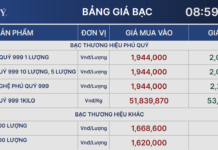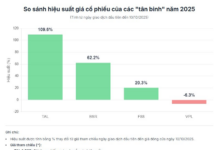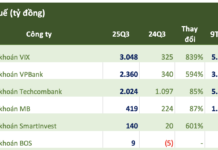Oil Prices Soar: $100 Per Barrel on the Horizon as Iran-Israel Tensions Escalate
Speculations about oil prices reaching $100 per barrel have resurfaced this week, fueled by retaliatory actions between Iran and Israel, raising concerns of a wider conflict in the Middle East.
Analysts do not rule out the possibility of oil prices touching $100 per barrel if tensions escalate further. They estimate prices could even hit $130 per barrel if the conflict spills over and disrupts oil flows through the Strait of Hormuz, through which about 21 million barrels of oil per day are shipped by top Middle Eastern exporters to the global market. This represents about one-fifth of global oil consumption each day.
Analysts and traders had already been betting on an Iranian retaliation to Israel’s strike on its diplomatic mission in Syria. They also acknowledge that the Organization of the Petroleum Exporting Countries (OPEC) and its allies, collectively known as OPEC+, are once again in control of the oil markets. The group has about 5 million barrels per day of spare production capacity that it could gradually restore to the market if supply becomes severely constrained and prices spike above $100 per barrel.

Illustrative photo.
OPEC+ could impact oil prices by bringing back some of the 2 million barrels per day of output that it has been withholding under its current production cut agreement. However, this may not be possible if the Strait of Hormuz is blocked, which would cripple oil exports from all Middle Eastern producers, including Iran.
Nevertheless, analysts consider this scenario to be “tail risk.” With US oil supply growth slowing, OPEC+ has regained market influence and can manage supply. It could push prices much higher if it chooses to do so.
Currently, the market is pricing in a war risk premium of $5-10 per barrel. An easing of tensions could see oil prices decline. However, market fundamentals suggest a tight market in the third quarter of 2024, as global oil demand is expected to increase heading into the summer. Even without the latest Iran-Israel conflict, prices were forecast to average $80 per barrel and could surpass $90 per barrel this summer.
According to JP Morgan, the two main risks to the energy market—a wider Middle East conflict and a shipping disruption—appear to be contained.
Ole Hansen, head of commodity strategy at Saxo Bank, also notes that the risk of a severe disruption is low. In a worst-case scenario, any short-term price spike could be countered by another release from the US Strategic Petroleum Reserve or by key OPEC producers deciding to pump more.
OPEC+ is scheduled to meet in early June to decide how to proceed with their current output cuts and assess whether market conditions warrant an easing of the production cuts.
Warren Patterson, head of commodity strategy at ING, agrees that OPEC’s spare capacity of about 5 million barrels per day would offset any supply disruption in the Middle East, except for one that involves the closure of the Strait of Hormuz.
Patterson adds that the likelihood of Israel hitting Iranian energy infrastructure is small. Such a move would not be in the interests of Israel’s allies as it would impact oil prices. He also notes that only a closure of the Strait of Hormuz could prevent OPEC from bringing some spare capacity back to the market.
But, if that were to happen, little could prevent prices from spiking to record highs. OPEC should not be overly enthused about triple-digit oil, though. For one, $100-plus oil prices would unleash a supply response from the US, taking away market share from the cartel and eroding long-term demand for its crude.
Oil prices at or above $100 per barrel would also be demand-destructive and highly inflationary. This would militate against future interest rate cuts by major central banks.


































